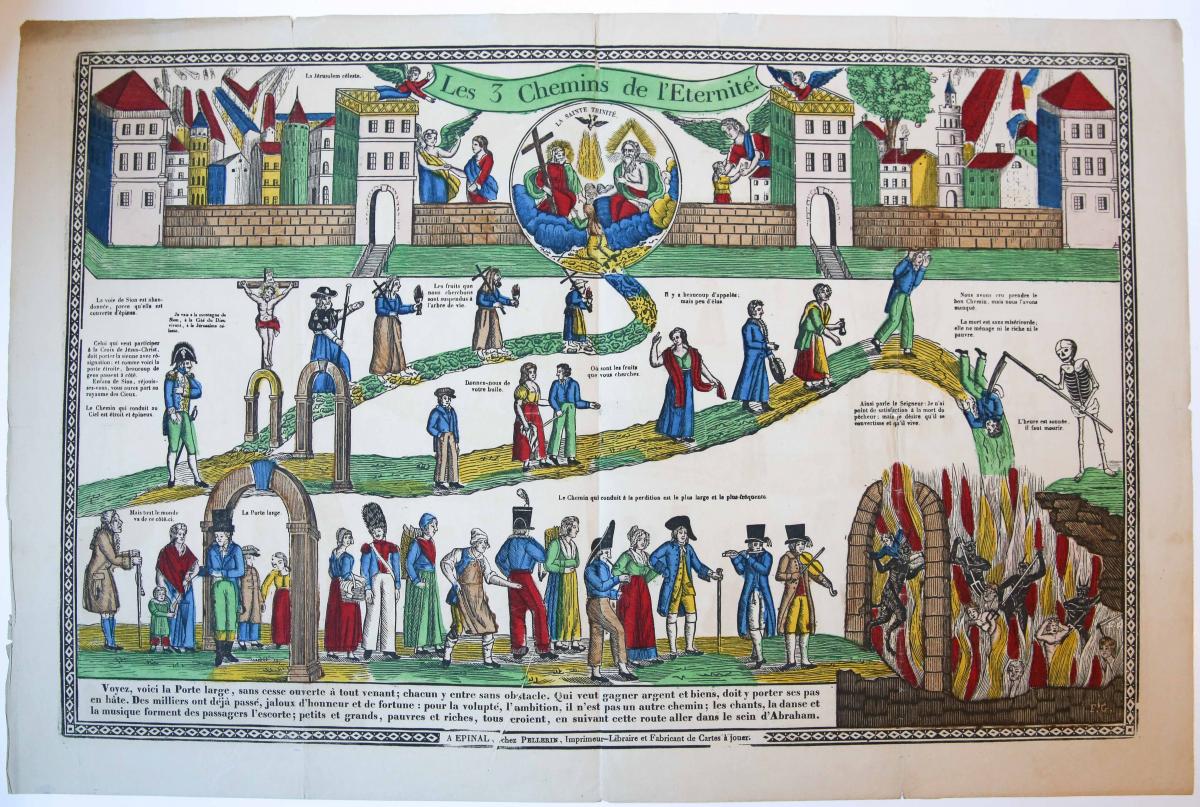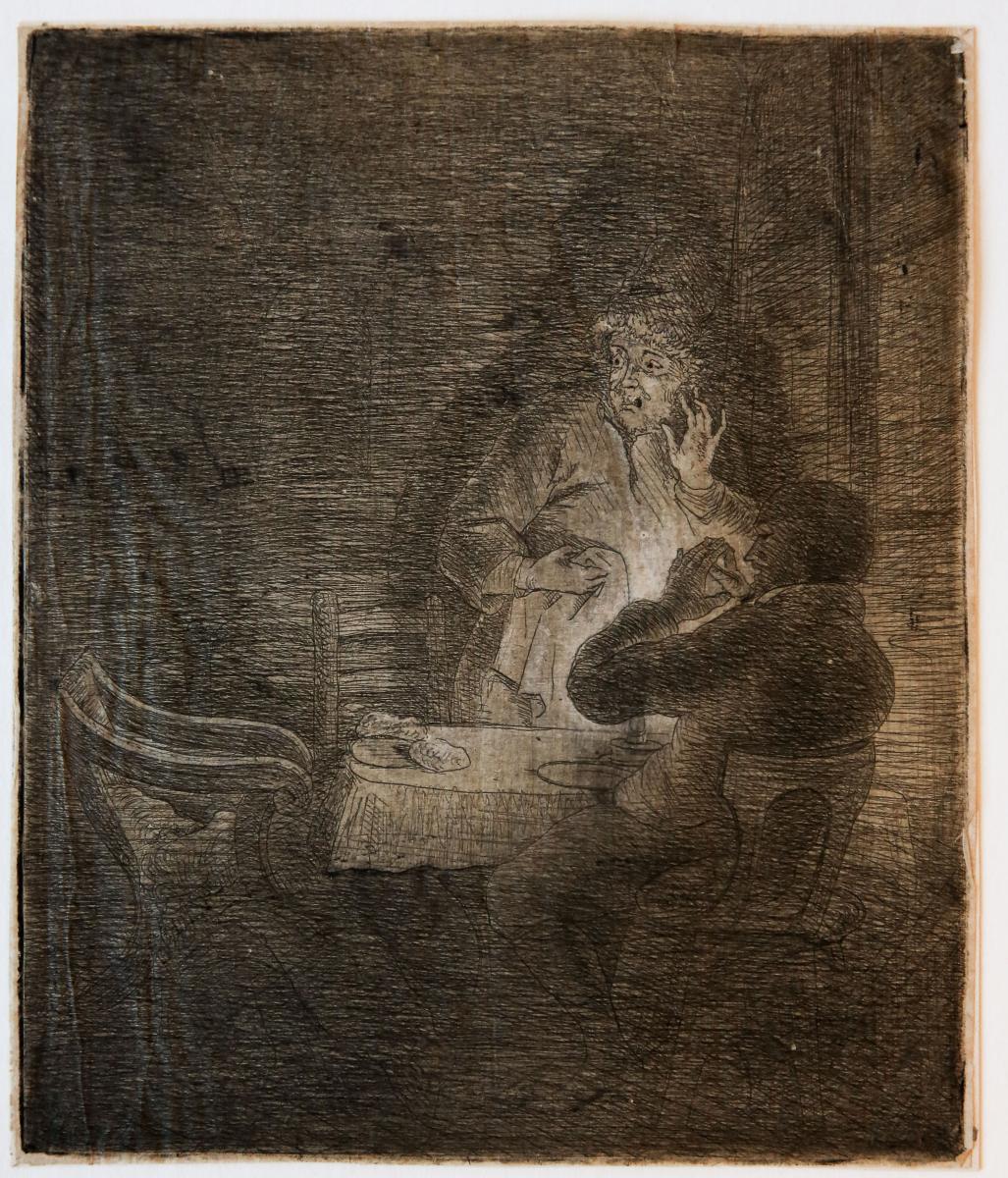Beschrijving
S. Anthony of Padua. Holy card decorated external margins, looking like paper embroidery. Beneath the representation of S. Anthony holding the infant Jesus in his arms, along with a book and a lily, the text of a prayer in French. Titled below: ‘SAIN ANTOINE DE PADOUE’ Address on the bottom: ‘Boumard et fils éditeurs – Ch. Letaille – PL 732’. On the verso a recollection on the devotion of St. Anthony of Padua ‘Holy cards/immaginette are small, mass-produced, wallet-sized cards that have been, and still are, a significant marker of “growing up Catholic.” In many respects they represent, and have been used as, the people’s Lives of the Saints, the child’s first lesson in orthodoxy and everyday manners, art for the masses, a modern version of the Bible of the illiterate. Despite the adjective “holy” and although they are often treated by the devout as placeholders for the sacred, holy cards are not really sacred objects. They are, instead, aids to worship, reminders of the sacraments and of the model lives of saints and other hallowed figures. More than that […] they can be understood and often function as rich and cherished repositories of personal and cultural memory both visual and verbal.’ This kind of decorated Holy cards are also referred to as ‘canivets’ [‘Santini’ or ‘Immaginette’ in Italian] and were ‘[…] securely tucked away in a pocket, or pinned to the folds of clothing, they could be retrieved in moments of anguish or need to be looked at, touched, perhaps kissed, and often spoken to. During the 1700s and 1800s, as the middle and merchant classes increased in numbers, the cards reflected that changing economic demographic. For those rising in wealth and status, elaborate lace versions of immaginette, canivets, very similar to Victorian valentines, began to circulate alongside humbler and simpler versions in Europe, particularly in France and subsequently in Italy. Carefully crafted, expensive versions of immaginette were exchanged as gifts and mementos of important religious occasions. When left blank, and in the hands of literate people, the verso (back side) of these artifacts became the site of “epistolary” exchanges between teachers and students, between parents and children, and between friends.’ [D. George, M. Rizzi Salvator. Holy Cards/Immaginette: The Extraordinary Literacy of Vernacular Religion, in ‘College Composition and Communication’, Vol. 60, No. 2 (Dec., 2008), pp. 250-284]



